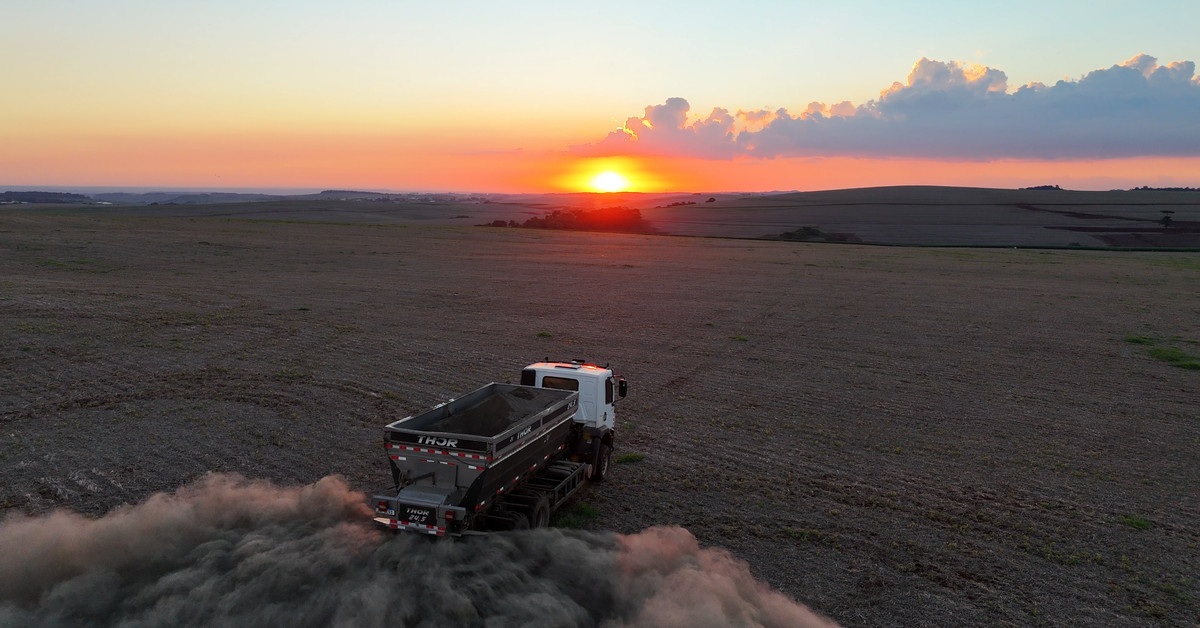In an effort to combat climate change, several large corporations have invested millions of dollars in a cutting-edge technology aimed at removing carbon dioxide from the atmosphere. One such company is Terradot, a startup backed by Sheryl Sandberg that has secured deals with Google and H&M Group to remove 90,000 tons of CO2 from the air.
What is Enhanced Rock Weathering?
Terradot’s technology utilizes a strategy called enhanced rock weathering (ERW), which accelerates a natural process that breaks down rocks over thousands of years. When rainwater falls on rocks, it releases calcium and magnesium ions, triggering a chemical reaction that traps CO2 in water as bicarbonate. This bicarbonate-rich groundwater eventually makes its way to the ocean, where it is stored and removed from the atmosphere.
How Does ERW Work?
The process of enhanced rock weathering involves crushing rocks into smaller particles and spreading them over a large area. This increases the surface area of exposed rock, allowing for more rapid reaction with CO2. Terradot sources its basalt from quarries in southern Brazil and partners with local farmers to apply the finely-ground rock to their fields.
The Benefits of ERW
In addition to removing CO2 from the atmosphere, enhanced rock weathering also provides several benefits for agriculture. The calcium and magnesium ions released by the process help to regulate soil pH levels, improving crop yields and reducing fertilizer usage.
Challenges Ahead
While ERW shows promise as a method for carbon removal, there are still several challenges that need to be addressed. One of the main concerns is measuring the effectiveness of the technology in removing CO2 from the atmosphere. Terradot plans to use soil sampling to assess how much CO2 is captured based on how the rock degrades over time.
What Experts Say
Dr. Oliver Jagoutz, a professor of geology at MIT, acknowledges the uncertainty surrounding ERW’s effectiveness but believes that trying out this technology in the real world is essential. "I also think, why not try?" he says. "We don’t have the luxury to overthink it right now."
Google’s Carbon Footprint
Despite investing millions of dollars in carbon removal technologies like ERW, Google still has a significant carbon footprint. The company’s energy-hungry AI data centers contribute to greenhouse gas emissions, which exacerbate climate change. In recent years, Google has made efforts to transition its operations to renewable energy sources, including developing advanced nuclear reactors and partnering with solar and wind farms.
Conclusion
While carbon removal technologies like ERW show promise as a way to counteract some of the effects of climate change, it is essential to recognize that these solutions are not a substitute for emissions reductions. Companies like Google and H&M Group must continue to invest in clean energy sources and reduce their carbon footprints if we hope to mitigate the impacts of climate change.
Related Articles
- Google’s Future Data Centers Will Be Built Next to Solar and Wind Farms: As part of its efforts to transition to renewable energy, Google has announced plans to build new data centers powered by solar and wind farms.
- Google Inks Nuclear Deal for Next-Generation Reactors: The company has partnered with a leading nuclear technology firm to develop advanced reactors that will provide clean energy for its operations.
- Carbon Dioxide Emissions from Fossil Fuels Are Making Heatwaves, Droughts, Wildfires, Storms, and Other Climate Disasters More Dangerous: Despite efforts to reduce emissions, climate change continues to pose significant risks to human health and the environment.
Comments
- Anonymous: "I’m not sure if this technology is a game-changer or just a band-aid solution. What do you think about ERW?"
- John Doe: "It’s great to see companies like Google investing in carbon removal technologies. We need more innovative solutions like this."
- Jane Smith: "While I agree that ERW has potential, I’m concerned about the lack of rigorous measurement tools to assess its effectiveness."

